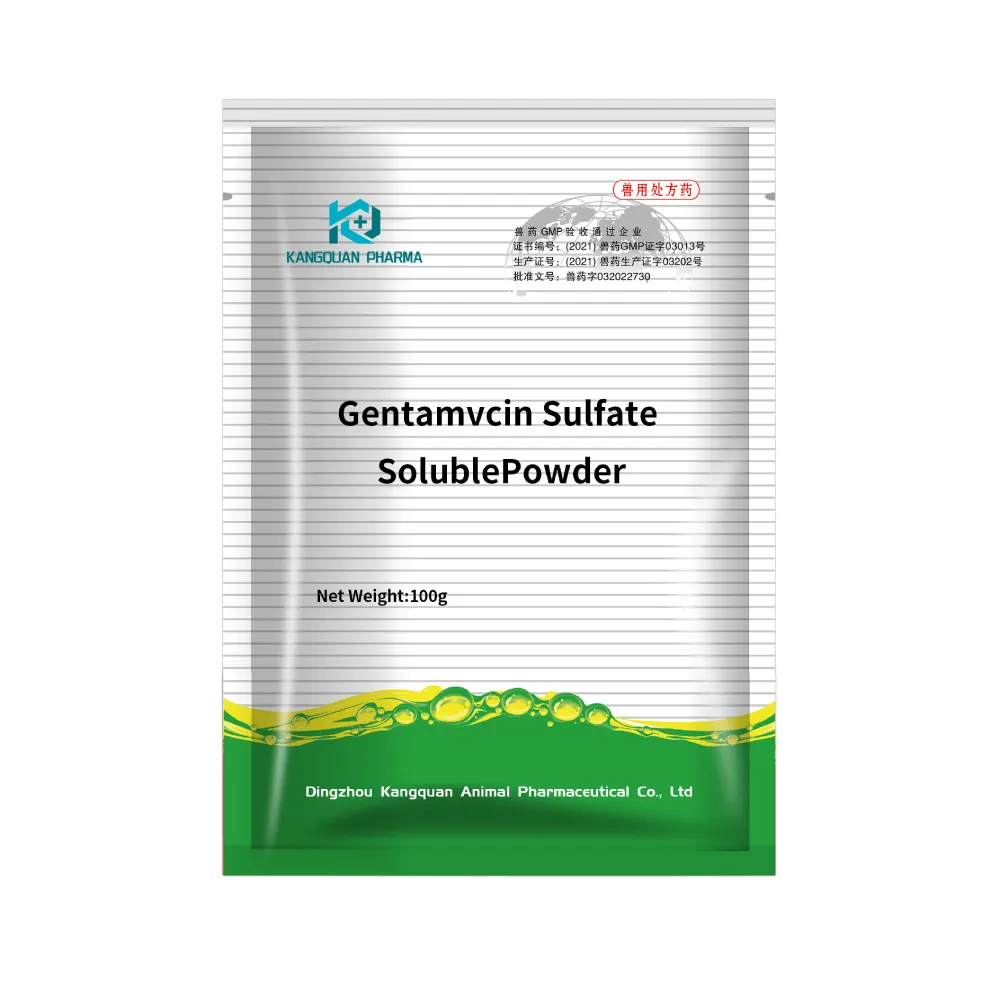- Afrikaans
- Albanian
- Amharic
- Arabic
- Armenian
- Azerbaijani
- Basque
- Belarusian
- Bengali
- Bosnian
- Bulgarian
- Catalan
- Cebuano
- Corsican
- Croatian
- Czech
- Danish
- Dutch
- English
- Esperanto
- Estonian
- Finnish
- French
- Frisian
- Galician
- Georgian
- German
- Greek
- Gujarati
- Haitian Creole
- hausa
- hawaiian
- Hebrew
- Hindi
- Miao
- Hungarian
- Icelandic
- igbo
- Indonesian
- irish
- Italian
- Japanese
- Javanese
- Kannada
- kazakh
- Khmer
- Rwandese
- Korean
- Kurdish
- Kyrgyz
- Lao
- Latin
- Latvian
- Lithuanian
- Luxembourgish
- Macedonian
- Malgashi
- Malay
- Malayalam
- Maltese
- Maori
- Marathi
- Mongolian
- Myanmar
- Nepali
- Norwegian
- Norwegian
- Occitan
- Pashto
- Persian
- Polish
- Portuguese
- Punjabi
- Romanian
- Russian
- Samoan
- Scottish Gaelic
- Serbian
- Sesotho
- Shona
- Sindhi
- Sinhala
- Slovak
- Slovenian
- Somali
- Spanish
- Sundanese
- Swahili
- Swedish
- Tagalog
- Tajik
- Tamil
- Tatar
- Telugu
- Thai
- Turkish
- Turkmen
- Ukrainian
- Urdu
- Uighur
- Uzbek
- Vietnamese
- Welsh
- Bantu
- Yiddish
- Yoruba
- Zulu
نومبر . 30, 2024 10:49 Back to list
Effective Solutions for Eliminating Dog Lice and Keeping Your Pet Healthy
What Kills Dog Lice? Understanding, Prevention, and Treatment
Lice infestation in dogs can be an unsettling experience for both pets and their owners. Dog lice, specifically, are small, wingless parasites that live on the skin and feed on the dog's blood. Unlike fleas or ticks, lice are not known to transmit diseases to humans, but they can cause significant discomfort to your pet. Therefore, knowing how to deal with and eliminate these pests is crucial for your dog's health and well-being.
Understanding Dog Lice
Dog lice are of two main types chewing lice and sucking lice. Chewing lice feed on the debris of the skin, while sucking lice feed directly on the dog’s blood. Common symptoms of a lice infestation include excessive scratching, hair loss, and irritation of the skin. If you notice these signs, it's essential to confirm the presence of lice through a vet check, as they may resemble other skin issues.
Identifying the Problem
To identify a lice infestation, look for tiny, white or yellowish specks in your dog’s fur. These are the lice eggs, known as nits. Adult lice are about the size of a pinhead and can be seen moving in the fur. Close examination, preferably with a fine-toothed comb, can help locate these pests. After confirming lice, it’s essential to act promptly to prevent further discomfort and potential secondary infections caused by excessive scratching.
What Kills Dog Lice?
1. Topical Treatments Various topical insecticides are available specifically for lice control in dogs. Products containing ingredients such as permethrin or pyrethrin are effective in killing adult lice and nits. Always consult your veterinarian to select an appropriate product tailored for your pet’s needs.
2. Shampoos Medicated shampoos designed to kill lice are another effective option. These shampoos often contain similar active ingredients as topical treatments. Follow the instructions carefully to ensure maximum effectiveness and be sure to rinse your dog thoroughly after application.
what kills dog lice

3. Powders and Sprays There are also convenient powders and sprays that can be used to treat lice infestations. These are particularly useful in treating areas where your dog rests or plays, ensuring that any lingering lice are eradicated from their environment.
4. Comb Treatments Once you have applied a treatment, it is beneficial to comb your dog’s fur with a fine-toothed comb to help remove dead lice and nits. This process can be tedious but is crucial, as it helps decrease the chances of reinfestation.
5. Environmental Control To prevent re-infestation, it is vital to clean your dog’s environment. Wash all bedding, blankets, and toys in hot water and dry them on a high setting. Vacuum carpets and upholstery thoroughly to remove any eggs or lice that might remain in the environment.
6. Consult Your Veterinarian If your dog’s condition worsens or does not improve with home treatments, consult your veterinarian. They may prescribe stronger treatments or conduct further examinations to ensure no other underlying issues exist.
Preventive Measures
Preventing lice infestations is as crucial as treatment. Regular grooming can help detect lice early and keep your dog's coat healthy. Maintain a clean living environment, and avoid sharing grooming tools between pets. If you have multiple dogs, consider treating all dogs simultaneously to avoid reinfestation.
Conclusion
Lice can be a nuisance for dogs and their owners alike, but with proper understanding and treatment, you can manage and eliminate these pests effectively. The key is prompt action, thorough treatment, and preventive care to ensure your dog remains lice-free. Always consult with your veterinarian for the best course of action before starting any treatment. With diligence and care, your canine companion can quickly return to their happy, healthy self.
-
Guide to Oxytetracycline Injection
NewsMar.27,2025
-
Guide to Colistin Sulphate
NewsMar.27,2025
-
Gentamicin Sulfate: Uses, Price, And Key Information
NewsMar.27,2025
-
Enrofloxacin Injection: Uses, Price, And Supplier Information
NewsMar.27,2025
-
Dexamethasone Sodium Phosphate Injection: Uses, Price, And Key Information
NewsMar.27,2025
-
Albendazole Tablet: Uses, Dosage, Cost, And Key Information
NewsMar.27,2025













